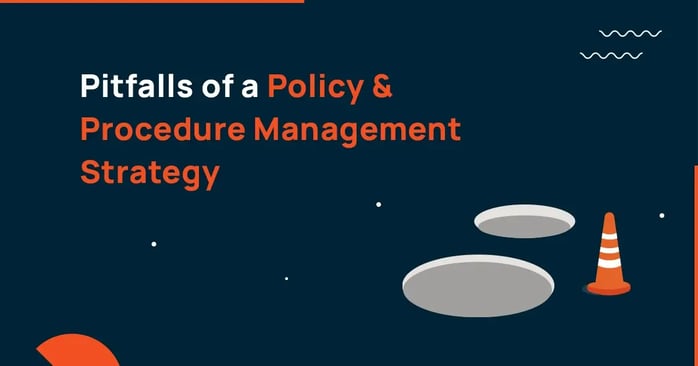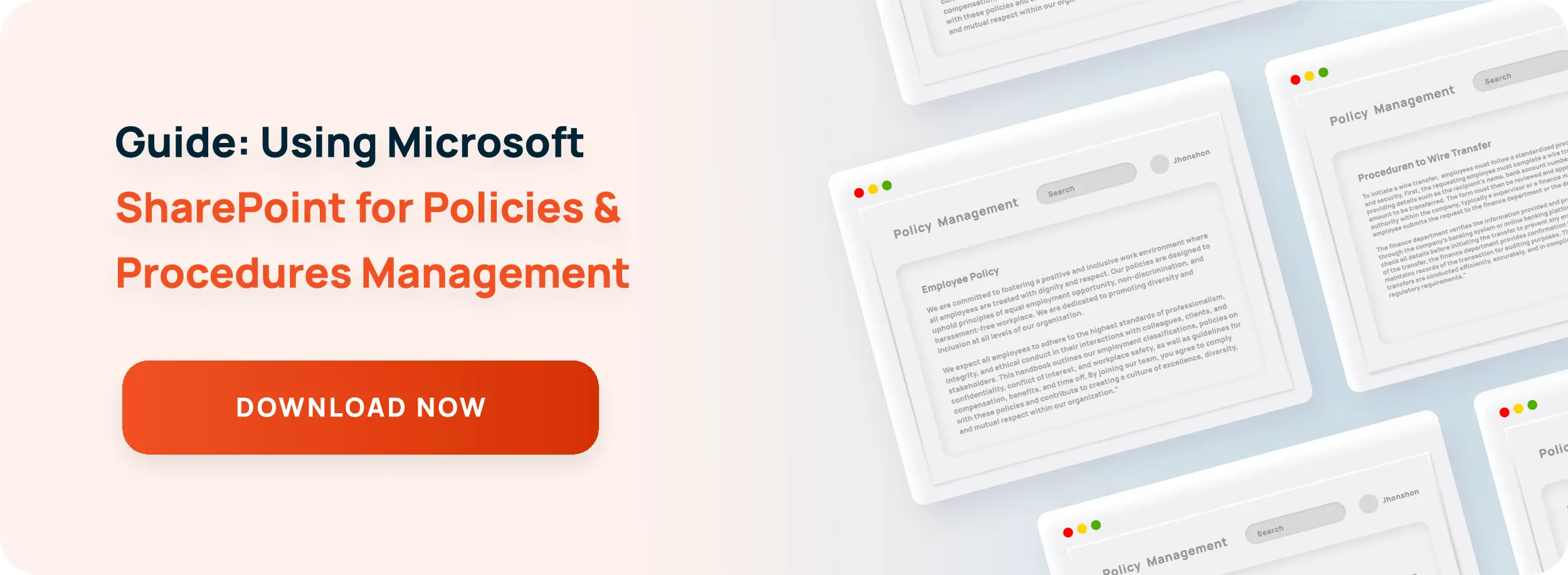Pitfalls of a Policy & Procedure Management Strategy

Bloomberg Law stated it well: “No one doubts that leaders of most organizations understand the importance and benefits of written, well-defined policies.” Too often, the top management of organizations underestimates just how important safety-related policies and procedures are to a company’s strategic performance.
Policies as External and Internal Drivers
It is important to remember that safety policies are of both internal and external importance. Internally, they provide a framework by which management and employees alike understand what must be done to ensure safety compliance, whether systems-related or on terms of legal compliance.
Externally, safety policies and procedures inform stakeholders –shareholders, investors, government entities or the local community – about a company’s commitment to safety management. Poor or non-existent safety policies and procedures can be detrimental to shareholder or investor confidence and can have dire consequences in the event of any injuries or deaths of employees or contractors.
Pitfalls of a P&P Strategy
Even organizations with the best safety intentions can fail in their policy and procedure management regimes for a host of different reasons. Four of these potential pitfalls include:
Disconnection to Operational Reality
Sometimes strategic impetuses are not based on operational realities. For example, for the sake of modernization and greater consistency between divisions a P&P strategy may require that all documentation be forthwith solely available on a company intranet. However, that strategically-imposed policy may prove untenable at, say, certain sites or for those employees without immediate or regular access to the intranet. Strategy that does not duly consider operations is bound to fail.
The Context of Documentation
Any policy or procedure being proposed or amended should always commence with the question: Why is this policy or procedure being implemented or changed? Is it in reaction to, say, an incident or a legal non-compliance or external fine or finding? While ‘reactive’ documentation is sometimes inevitable, and even very necessary, the best way to formulate documentation is in a proactive, progressive context.
Policies and procedures done in a proactive context will tend to be better-considered than reactively-formulated documentation. The latter can often be done in haste–almost ‘shock’ reaction to an unforeseen or undesirable event. Reactionary policy-making can also suffer from ‘tunnel vision syndrome,’ where the new or amended documentation hones in primarily on the issue or those issues that caused the non-conformance or incident in the first place.
Lack of Designated Accountability
Most documentation defines who, what, where, when, how, and why an action takes place. A huge pitfall is not designating who is responsible. Consider this: Policies and procedures are often presumed to be (1) ‘owned’ by the person who wrote and signed off a given document; (2) have ‘responsibility’ accorded to those people in a delegated position, usually at management, line management or supervisory level; and (3) ‘affect’ all those to whom the documentation is targeted.
A major misconception is that responsibility and accountability are not always the same thing. Responsibility may be assigned, but not have the requisite accountability. For example, if a group of warehouse employees missed their allocated safety training and up-skilling, who would be accountable? Their immediate supervisor? The warehouse manager? The Safety manager? The HR manager?
In any system requirement, where does accountability begin and where does it end? Is there a disconnect between policies and procedures and actual practice regarding accountability? What does the prevailing ‘accountability regime’ say about the organization and its commitment to safety? With this thought in mind, accountability suddenly acquires both operational and strategic nuances.
Internal vs External
One of the most important strategic considerations for any organization’s policy and procedure system is to decide whether to keep it internally located or outsource it. The pros of internal systems include lower costs, familiarity with systems, and potentially easier security, whereas outsourcing can include enhanced capabilities, greater sophistication and flexibility, and cost-benefit synergies.
We at ConvergePoint appreciate that the decision whether to use an in-house platform for a policy regime versus storing potentially sensitive data on a vendor’s platform can be a tough one to make. However, we do know that we provide a unique software alternative that includes expanding on Microsoft’s #1 collaborative tool, Microsoft SharePoint.
This unique approach allows for the management of organizational life cycles critical to compliance and ensuring streamlined processes, including the selection of any parameters or criteria needed to achieve the policy-related outcomes your organization most urgently requires. Learn more today.
